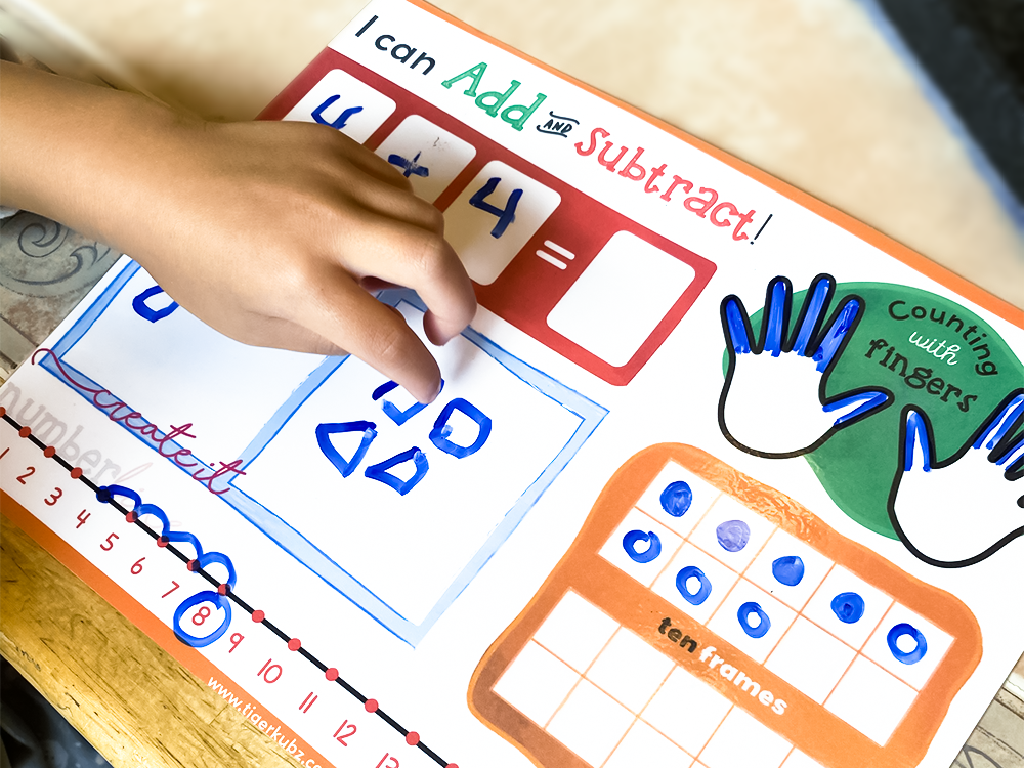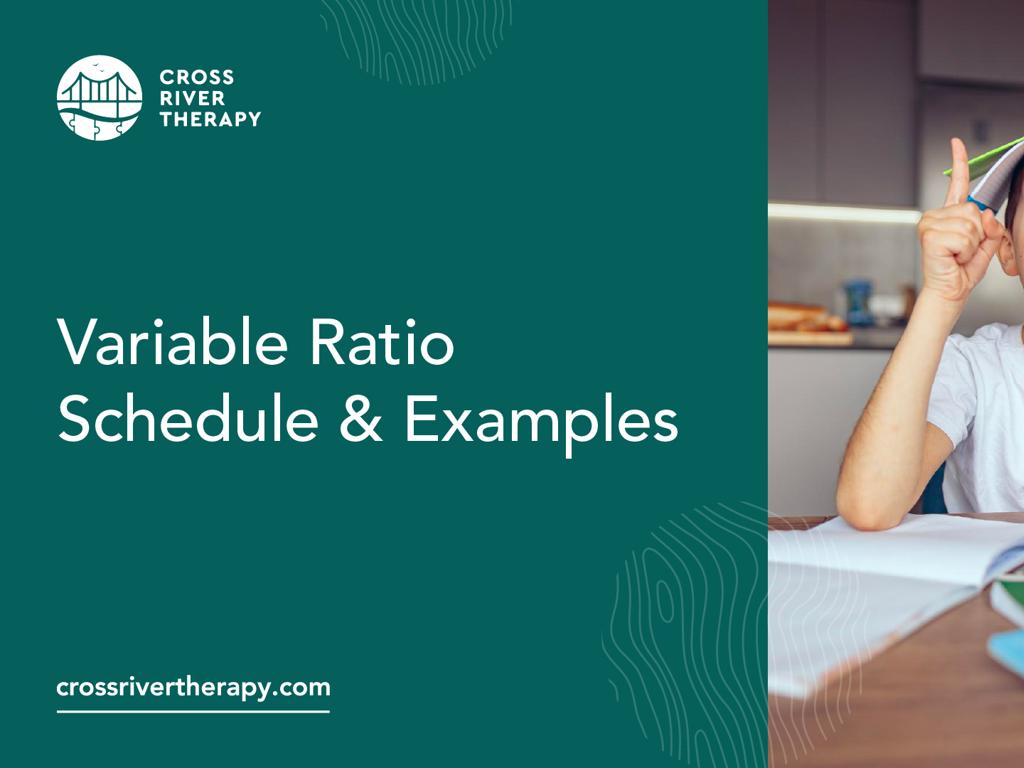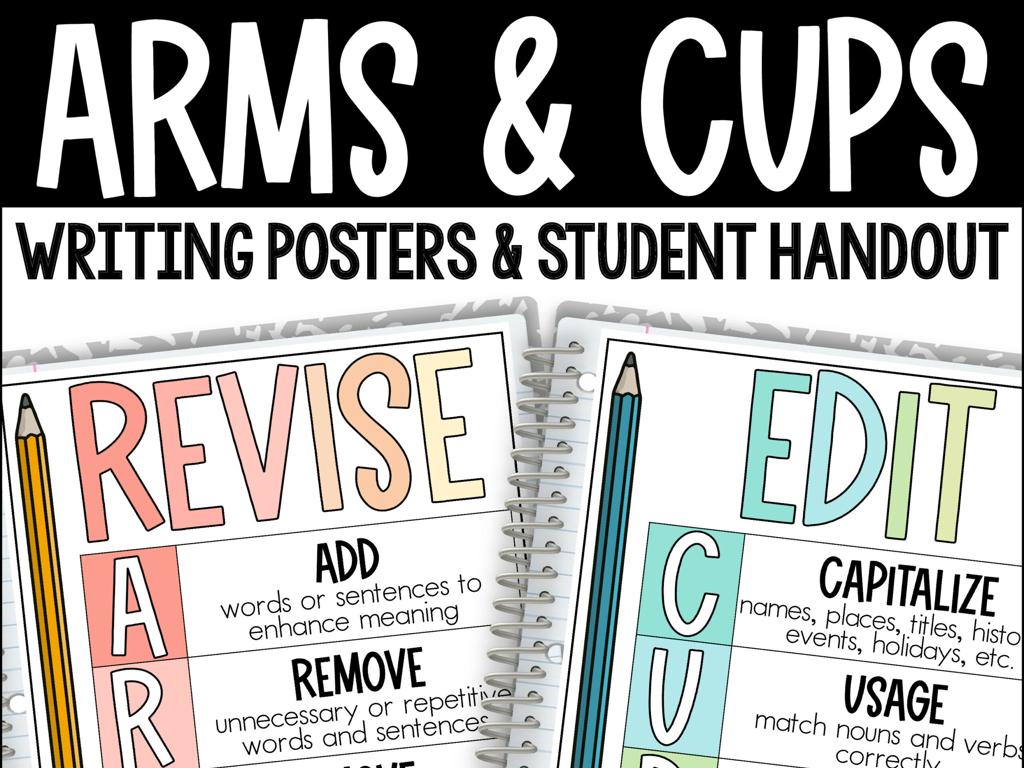Compare And Convert Customary Units
Subject: Math
Grade: Seventh grade
Topic: Units Of Measurement
Please LOG IN to download the presentation. Access is available to registered users only.
View More Content
Comparing and Converting Customary Units
– Understanding measurement units
– Units like inches, feet, yards, and miles
– Importance of measuring
– Measurements are vital for accuracy in everyday tasks
– Comparing customary units
– How to determine which unit is larger or smaller
– Converting between units
– Using conversion factors to change one unit to another
|
This slide introduces the concept of measurement and its importance in daily life, setting the stage for a deeper dive into customary units used in the United States. Students will learn about different units of length such as inches, feet, yards, and miles, and why choosing the appropriate unit of measure is crucial for accuracy and communication. The lesson will cover how to compare different units to understand their relative sizes and how to convert between them using conversion factors. Emphasize real-world applications, such as measuring for a woodworking project or calculating the distance for a road trip, to make the lesson relatable and engaging. Provide examples and practice problems to solidify understanding.
Customary Units of Length
– Inches, Feet, Yards, Miles
– Relationship between units
– 12 inches in a foot, 3 feet in a yard, 1760 yards in a mile
– Objects measured in each unit
– Pencil (inches), hallway (feet), football field (yards), city to city (miles)
– Conversion practice
– Convert 24 inches to feet, 5 miles to yards
|
This slide introduces students to the customary units of length commonly used in the United States. It’s crucial to understand how these units relate to each other for accurate measurement and conversion. Start by explaining each unit and its use in measuring different lengths. Then, discuss the relationship between the units, such as how many inches are in a foot, feet in a yard, and yards in a mile. Provide relatable examples for each unit to help students visualize the concept. Finally, engage the class with conversion practice to solidify their understanding. Encourage students to think of other examples and how they might convert those measurements.
Customary Units of Weight
– Explore ounces, pounds, tons
– Smallest weight unit to largest
– Learn their relationships
– 16 ounces in a pound, 2000 pounds in a ton
– Real-life examples for each
– Ounces: a slice of bread; Pounds: a laptop; Tons: a small car
– Conversion practice
|
This slide introduces students to the customary units of weight commonly used in the United States: ounces, pounds, and tons. It’s crucial to help students understand the hierarchical relationship between these units and how to convert from one to another. Emphasize that there are 16 ounces in a pound and 2000 pounds in a ton. Provide relatable examples for each unit to solidify their understanding: an ounce is about the weight of a slice of bread, a pound could be a laptop, and a ton might be comparable to a small car. Encourage students to bring in examples from their daily lives. The conversion practice will involve exercises converting between these units to ensure students are comfortable with the math involved.
Customary Units of Capacity
– Understanding cups, pints, quarts, gallons
– Smallest to largest: cup, pint, quart, gallon
– Conversion techniques between units
– Use multiplication or division to convert
– Common liquids for each unit
– Milk (gallons), juice (quarts), water (pints), soda (cups)
– Practice conversion problems
– Convert 2 quarts to pints or 3 gallons to cups
|
This slide introduces students to the customary units of capacity commonly used in the United States. Start by explaining each unit from smallest to largest and how they relate to each other (e.g., 2 cups in a pint, 2 pints in a quart, 4 quarts in a gallon). Demonstrate conversion techniques, emphasizing the importance of knowing the conversion factors. Provide examples of common liquids measured in each unit to help students visualize the quantities. Conclude with practice problems to solidify their understanding, such as converting quarts to pints or gallons to cups. Encourage students to think of other examples of liquids and their typical measurements.
Mastering Customary Unit Conversions
– Memorize simple conversion tricks
– Like 12 inches in 1 foot or 3 feet in 1 yard
– Utilize conversion factors
– A ratio that equals one, used to convert units
– Step-by-step practice problems
– Work through problems to apply what you’ve learned
– Conversion factor examples
– For instance, to convert feet to inches, multiply by 12
|
This slide aims to equip students with handy tricks and the concept of conversion factors to simplify the process of converting between customary units. Emphasize the importance of memorizing key conversions, such as 12 inches in a foot or 3 feet in a yard. Explain conversion factors as tools that, when multiplied, convert a quantity without changing its value. Provide practice problems with detailed solutions to help students understand the application of these concepts. Use examples like converting feet to inches by multiplying by 12 to illustrate the use of conversion factors. Encourage students to create their own conversion factor cheat sheet for reference.
Conversion Practice: Mastering Customary Units
– Applying conversion knowledge
– Work through examples as a class
– Convert 3 feet to inches and 16 ounces to pounds together
– Tips for accurate conversions
– Use estimation to check if the answer is reasonable
– Checking work for mistakes
– Double-check calculations; look for unit consistency
|
This slide is aimed at reinforcing the students’ understanding of converting between different customary units. Start by revisiting the key conversion factors between units such as feet to inches, ounces to pounds, etc. Work through examples as a class to demonstrate the process, and encourage students to participate. Share tips like using estimation to see if an answer is in the right ballpark, which can be a quick way to verify their work. Emphasize the importance of double-checking calculations and ensuring that the units are consistent throughout the problem. Provide additional practice problems for students to try on their own, and be ready to assist anyone who needs help.
Group Activity: Measurement Scavenger Hunt
– Find and measure classroom items
– Record measurements in various units
– Use rulers or tape measures for accuracy
– Convert to different units
– Practice converting between inches, feet, and yards
– Discuss findings with the class
|
This interactive group activity is designed to help students understand and apply their knowledge of customary units of measurement. Divide the class into small groups and provide them with rulers or tape measures. Each group should find various items in the classroom to measure. They will record these measurements in inches, feet, and yards. Afterward, they should convert these measurements into different units, reinforcing their understanding of the relationship between these units. Once completed, groups will discuss their findings with the class, allowing for collaborative learning and comparison of results. Possible items to measure include desks, books, windows, and the classroom door. This activity will help solidify the concept of customary units and conversion between them.
Class Activity: Conversion Relay Race
– Form teams for relay race
– Convert measurements quickly
– Each team gets a different set of units to convert
– First team to finish wins
– Celebrate the winning team’s speed and accuracy
– Accuracy is key!
– Double-check conversions for correctness
|
This activity is designed to make learning about customary unit conversions interactive and fun. Divide the class into small teams and provide each team with a set of measurements to convert. They must work together to convert the units as quickly as possible. The first team to correctly complete their conversions wins the race. Ensure that each team has a mix of easier and more challenging conversions to keep the activity fair. Possible conversions could include inches to feet, ounces to pounds, or cups to gallons. Emphasize the importance of accuracy over speed to prevent careless mistakes. This will help reinforce their understanding of the relationship between different customary units.
Conclusion & Homework: Unit Mastery
– Recap today’s conversion lesson
– Understand conversion significance
– Converting units is essential in daily life and various professions.
– Homework: Conversion worksheet
– Worksheet includes problems on converting between different customary units.
– Practice ensures proficiency
|
As we conclude today’s lesson on comparing and converting customary units, it’s important to emphasize the real-world application of these skills. Whether in cooking, construction, or science, understanding how to convert between units like inches to feet or ounces to pounds is crucial. For homework, students are assigned a worksheet to reinforce these concepts and ensure they can accurately perform conversions. Encourage students to practice regularly, as proficiency in unit conversions is a valuable skill that will benefit them in many areas of life. The worksheet should be completed and ready to discuss in the next class.






